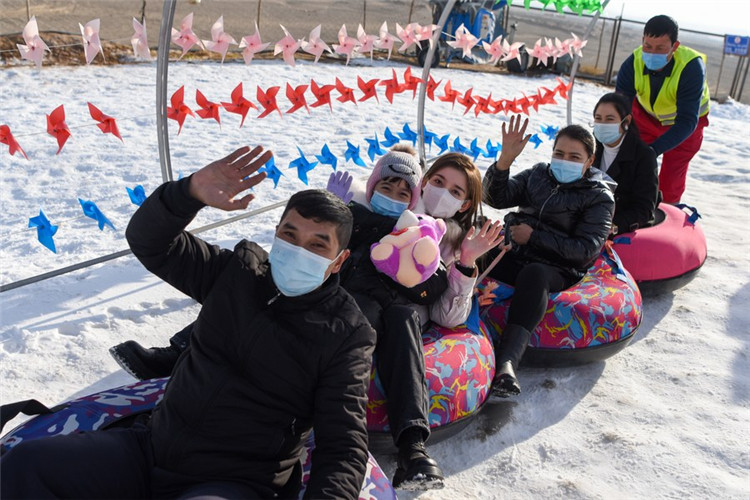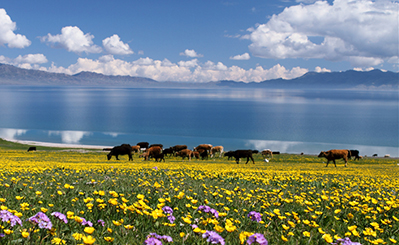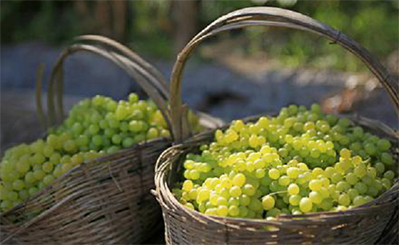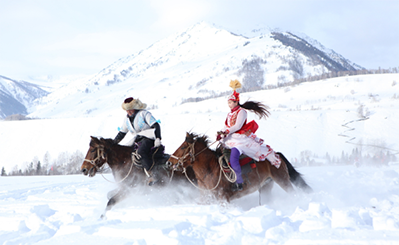Tourism resurgence tells of a flourishing, stable, open Xinjiang

Tourists play on snow tubes at Oynak ski resort in Moyu county, Northwest China's Xinjiang Uygur autonomous region, Jan 9, 2022. [Photo/Xinhua]
RICHER EXPERIENCES
Wu Beilei, a tour guide with 14 years of experience, said he has been racking his brains on what else he can offer to his clients, apart from traditional sightseeing, self-driving, hiking and camping.
"Ten years ago, tourists came to Xinjiang just to take beautiful pictures and put them into albums. Now their needs have changed significantly," Wu said.
This has sparked innovation in the tourism industry in Xinjiang and contributed to the emergence and growth of niche, themed and cultural tourism kinds.
For example, due to the Beijing Winter Olympics, ice and snow tourism has boomed in Xinjiang, as the region is particularly rich in such resources. The region currently boasts more than 80 ski resorts. During the week-long Spring Festival holiday in February this year, Xinjiang received about 3.6 million tourists.
Meanwhile, many counties are tapping into their unique advantages, history and culture for inspiration. Known as the hometown of "heavenly horses," Zhaosu has focused on horse-themed tourism, with its equestrian shows, museum and other attractions drawing more than 6,000 visitors every day.
At the picturesque Nalati grassland in the neighboring Xinyuan county, more than 1,000 visitors gather every night to watch performances based on the legendary story of a Han Dynasty (202 B.C.-220 A.D.) princess and a chief of the nomadic Wusun people dating back about 2,000 years.
Wang Hong, a tourist from East China's Jiangsu province, joined the performers for a group dance during an interactive session of the show. "Dancing with them makes me feel relaxed and happy. I've learned a lot about local history and culture as well," he said.
 Attractions
Attractions Dining
Dining Culture
Culture